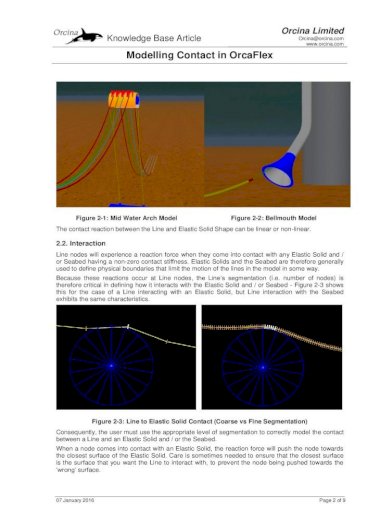


Simulations were run with a baseline turbine controller, representative of the current state of the art, and an advanced controller developed by NREL to use collective and individual blade pitch control to maintain rotor speed and reduce tower loads. Simulations in turbine idling conditions were run in OrcaFlex, and simulations in operating conditions were run in FAST. In FLS conditions advanced controls and TMDs afford dramatic reductions in fatigue damage, offering the potential of significant savings in tower structural requirements. The influence of TMDs on ULS loads have been reported previously (Park et al. In 50-YRP conditions advanced controls are not active. Loads were analyzed by running time-domain simulations in four 50-year return period (50-YRP) ultimate load state (ULS) conditions and 77 fatigue load state (FLS) environmental conditions. The platform was designed for the WaveHub wave energy research site, more » with a mean water depth of 59-m. The analysis was based upon the Glosten PelaStar tension leg platform (TLP) with GE Haliade 150 turbine, a system developed in a previous front end engineering design (FEED) study funded by the Energy Technology Institute (ETI) in the UK. General Electric, the National Renewable Energy Laboratory (NREL), the University of Massachusetts Amherst (UMass), and Glosten have recently completed a US Department of Energy (DOE)-funded research program to study technologies for mitigating loads on floating offshore wind turbines through the use of advanced turbine controls and tuned mass dampers (TMDs).


 0 kommentar(er)
0 kommentar(er)
